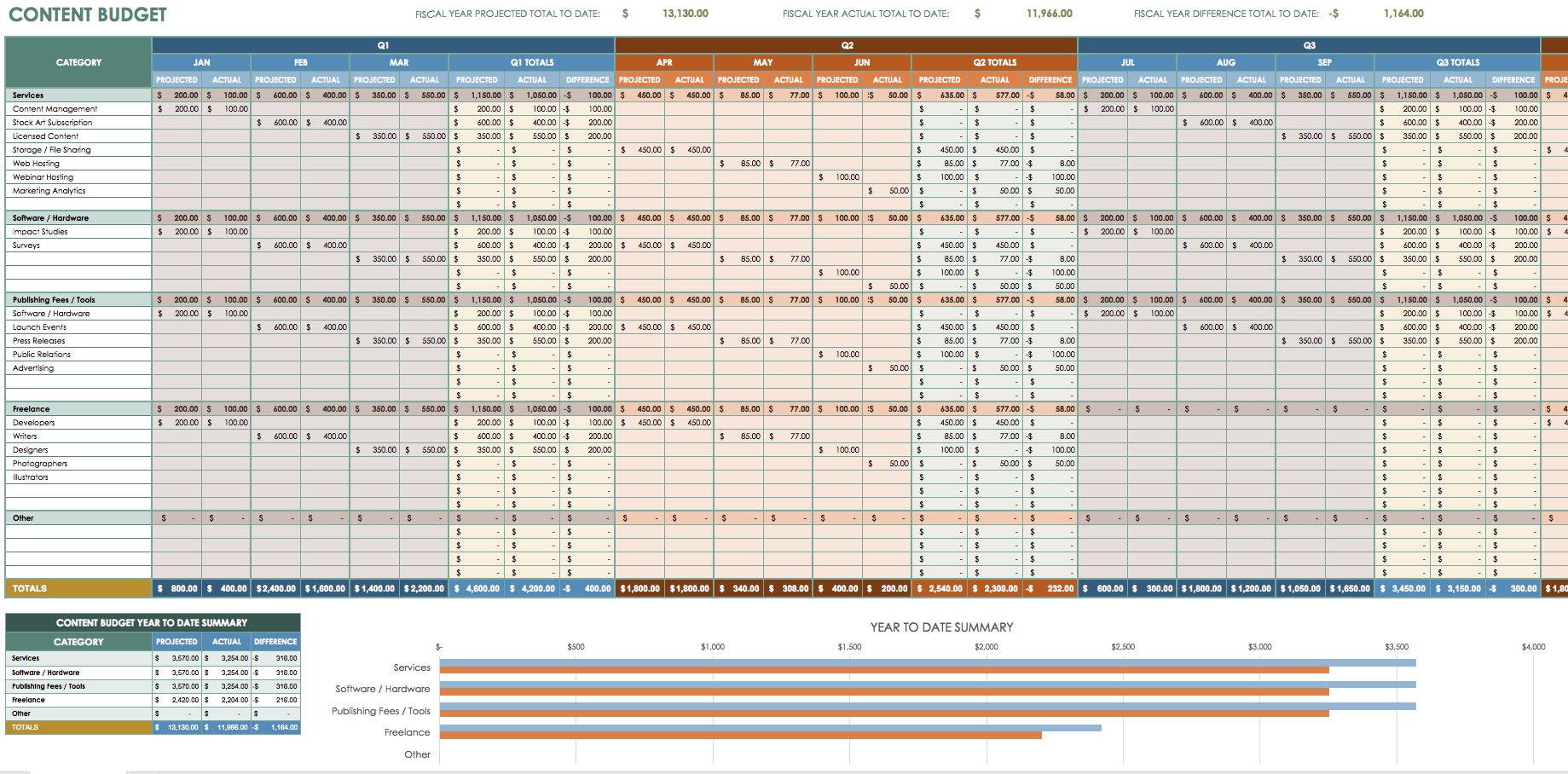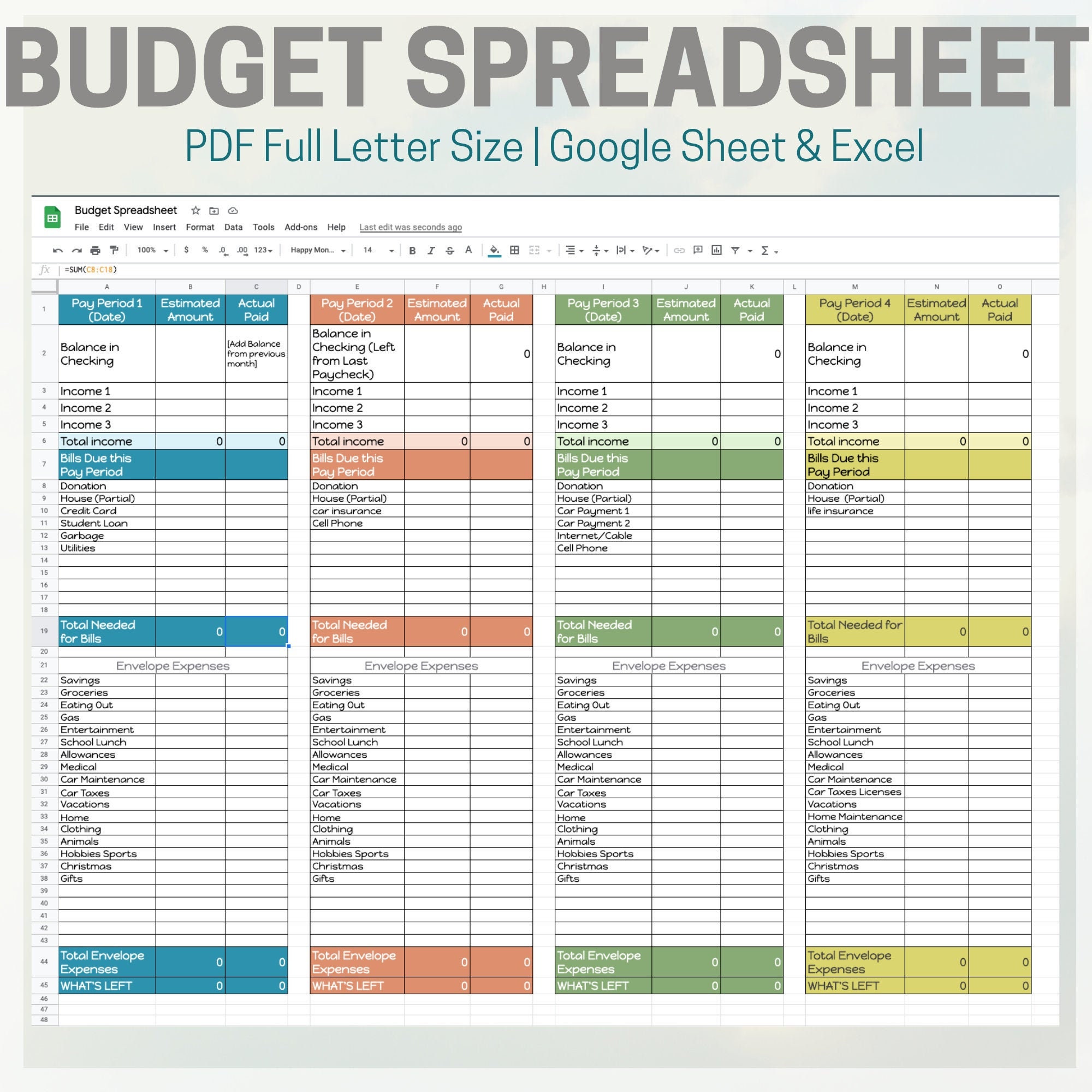



Of course, no one budgeting method is for everyone. In fact, in 2021 the average down payment for first-time buyers was 7%.Īlternatives to the 50/30/20 budget method If you’re saving for a down payment on a house, 20% of your target home price is a good goal, but it’s not necessary. When it comes to saving for retirement, some financial planners advise putting away the equivalent of your annual salary by age 30 and 10 times your salary by age 67. If you do have to dip into your fund, replacing that cash should take priority over your wants and other savings until you replenish it. The savings category can also include debt payments above the minimum required, since this will help you avoid interest payments and mean more money in your pocket later.Įxperts advise having an emergency fund with enough money to cover three to six months of living expenses. Savings includes money set aside for the future, including an emergency fund, retirement savings-be it through an employer-sponsored 401(k) or an independent retirement account-and savings toward long-term goals like homeownership. Entertainment (streaming services, movies, sporting events), hobbies and vacations also fall into this category.īe honest with yourself: While basic clothing and your cellphone bill go into the needs category, high-end fashion and gaming apps would probably be considered wants.

So while groceries are essential, dining out at fancy restaurants or springing for rib-eyes for dinner are luxuries and therefore would probably fall into the wants bucket. 30% wantsĪnything nonessential falls into the wants category. “If you don’t pay those minimums, it will adversely impact your financial position, so that’s considered essential,” says Giardino. “The point is to set a budget that works for you and stick with it so you can save as much as you’re able to.”Īlso included in this category are student loan and other minimum debt payments. “If I live in San Francisco or New York or even Austin at this point, is 50% accurate? It’s hard to say,” says Jordan Benold, a Frisco, Texas-based financial planner. For someone earning around $70,000, this would mean a monthly rent or mortgage payment of between $1,125 and $1,350. Experts advise not spending more than 25% to 30% of your after-tax income on housing-though that might be challenging for those in more expensive markets. In most cases, the largest expense in your budget will be housing, be it rent or a mortgage. “These are the absolute must-haves,” says Giardino. The needs category covers the essentials: housing, utilities, car payments, gas, insurance, groceries and so on. Using the 50/30/20 rule, that breaks down to: The exact amount will vary by state, but that will leave you with about $54,000 after taxes, or $4,500 per month. median household income of roughly $70,000 as an example. If you also want to budget for a weekend getaway, you can cancel a few streaming services and switch to home workouts for a bit to stay within budget. For instance, let’s say you pay for half a dozen streaming services and an expensive gym membership and are bumping up against the 30% max in your wants category. He notes that the 50/30/20 budget’s broad categories make it easy to cut expenses and make room for others, thereby creating flexibility. “It’s really effective for those who are new to budgeting and those who don’t want to get lost in every single dollar,” says Greg Giardino, a Tarrytown, N.Y.-based certified financial planner. The budget’s primary advantage is its simplicity. The rule goes like this, each month, your after-tax paycheck is broken down into three buckets: Here’s what you need to know about the tried-and-true budget formula. “It’s really good for people who are new to budgeting and just want a simple way to get started,” says Akeiva Ellis, a financial planner and co-founder of financial education company The Bemused. ” They called it a “good rule of thumb” for getting your budget in order. Elizabeth Warren-then a Harvard Law professor-and her daughter, Amelia Warren Tyagi, in their 2006 book “ All Your Worth: The Ultimate Lifetime Money Plan. The 50/30/20 budget rule was popularized by Sen. The rule is designed to help you be sure you’re covering your needs, saving for the future -and leaving enough left over to spend on the things you want. Perhaps the most popular method is the 50/30/20 rule, which is a simple and effective way to take control of your money. In fact, there are a number of fairly simple budgeting strategies that can give you a solid framework to get started. Creating a budget for the first time can be intimidating, but it doesn’t have to be.


 0 kommentar(er)
0 kommentar(er)
